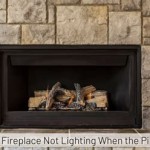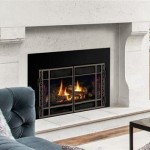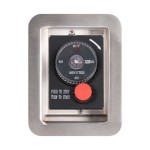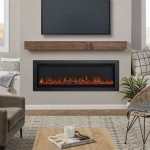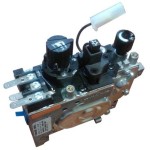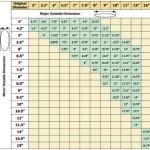Wood and Gas Burning Fireplaces: A Guide to Essential Features
Fireplaces can transform any room into a cozy and inviting space. Whether you prefer the crackling warmth of burning wood or the convenience of gas, numerous options are available to meet your needs. Here are some essential aspects to consider when choosing a wood or gas burning fireplace:
Fuel Source:
The primary factor to consider is the fuel source. Wood fireplaces require firewood, which can be purchased in bundles or cords. The type of wood you use will affect the burn time, heat output, and aroma. Gas fireplaces, on the other hand, use natural gas or propane as fuel, providing a clean and more convenient alternative.
Heat Output:
The heat output is an important element to ensure adequate warmth for the space. Wood fireplaces generally produce more heat than gas fireplaces due to the radiant heat generated by burning logs. Gas fireplaces, however, offer more precise control over the heat output through adjustable flames.
Installation:
Installing a wood or gas burning fireplace requires professional expertise. Wood fireplaces require a chimney or vent to release smoke and gases, which can add to the installation cost. Gas fireplaces are less complex to install, but they still require proper ventilation. It's essential to consult with a qualified contractor to determine the best installation method for your specific needs.
Maintenance:
Regular maintenance is vital to ensure the safe and efficient operation of your fireplace. Wood fireplaces require cleaning out ashes regularly, sweeping the chimney, and inspecting the flue for any blockages. Gas fireplaces require less maintenance, but they may need occasional cleaning and servicing by a qualified technician.
Aesthetics:
Fireplaces not only provide warmth but also enhance the overall ambiance of a room. Wood fireplaces offer the traditional charm of burning logs and crackling flames. Gas fireplaces come in various styles and designs, allowing you to select a model that complements the decor of your space.
Safety:
Safety is paramount when using any type of fireplace. Always follow the manufacturer's instructions and observe necessary precautions. Install smoke and carbon monoxide detectors near the fireplace to ensure early detection of potential hazards. Keep children and pets away from the fireplace when in use.
By considering these essential aspects, you can make an informed decision when choosing a wood or gas burning fireplace that meets your specific requirements and preferences. Whether you opt for the timeless elegance of a wood fireplace or the convenience of a gas fireplace, both options can provide a cozy and inviting ambiance to any home.
Can I Convert My Wood Burning Fireplace To Gas Woodlanddirect Com

Fireplaces Inserts Wood Gas Fireplace Xtrordinair
3 Things We Love About Wood Fireplaces

Stoves Wood Gas Pellet Lopi
Converting A Wood Burning Fireplace Into Gas Heat Glo

Pros And Cons Of Gas Wood Electric Fireplaces Tripod International

Want To Convert Gas Wood Fireplace Full Service Chimney

Gas Logs Vs Wood Burning Outdoor Fireplaces Green Okie

Wood Burning Gas Stoves For Heating We Install

Gas Burning Fireplaces Sierra Hearth And Home
Related Posts


